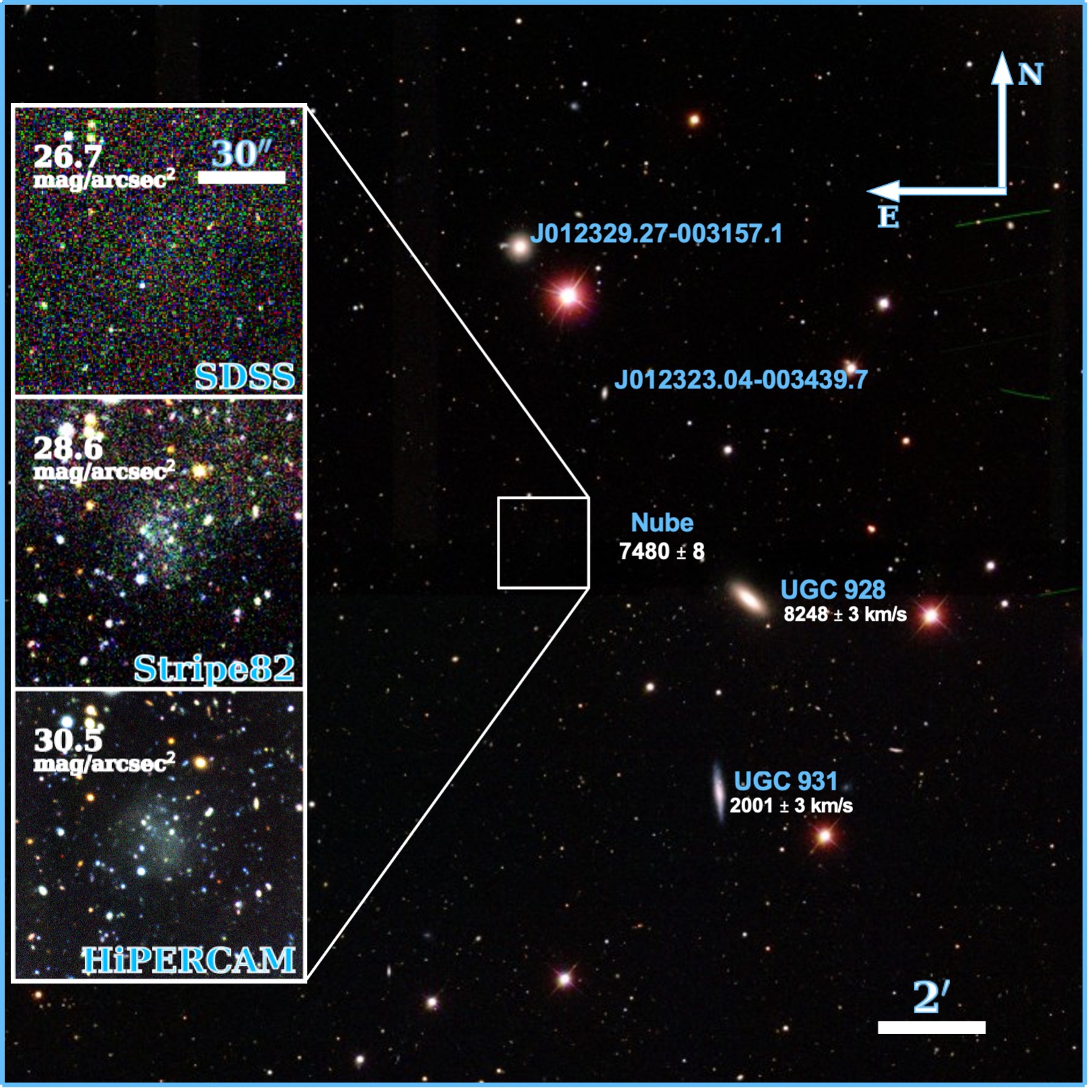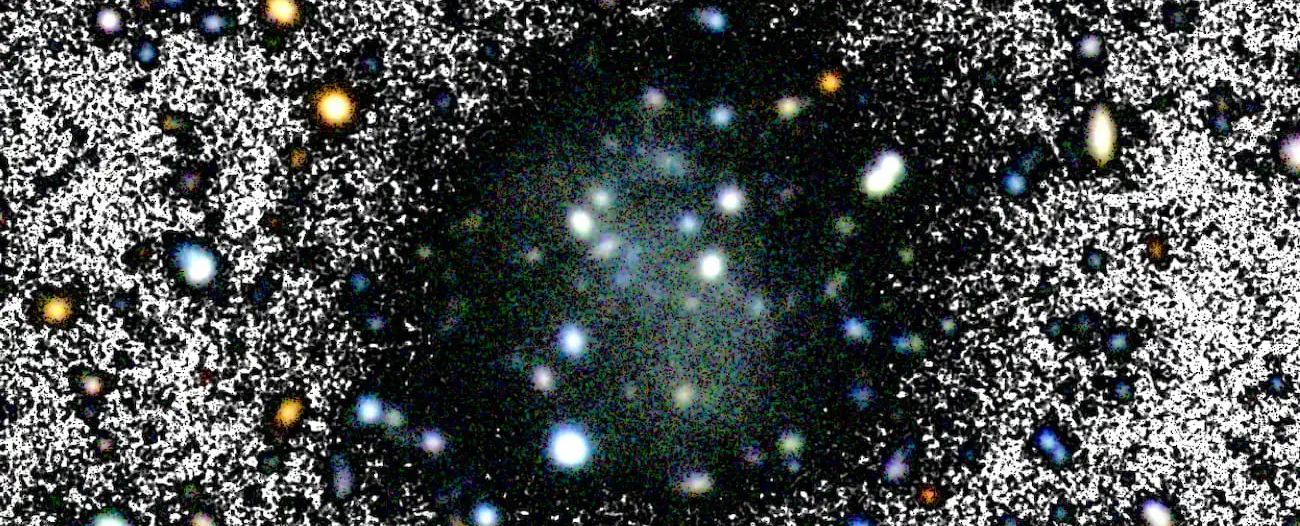Dark matter is a fascinating cosmological model that comes with its own set of challenges. Despite our inability to detect dark matter particles, there is an issue related to the number of dwarf galaxies surrounding the Milky Way.
According to prevalent dark matter models, galaxies should be accompanied by clumps of dark matter within their dark matter halo. This implies that the Milky Way should be encircled by dwarf galaxies as regular matter tends to gather around dark matter.
While there are a few known dwarf galaxies near the Milky Way, their count is lower than what is predicted by dark matter simulations. However, it is possible that there are many more dwarf galaxies that haven’t been noticed yet because they primarily consist of dark matter.
Recently, a study revealed the existence of a few of these elusive galaxies called Almost Dark Galaxies (ADGs). These galaxies appear particularly dim and have not been found in sufficient numbers to align with the cold dark matter model as per a recent study.

A new dwarf galaxy called Nube has been discovered. It was stumbled upon by chance in images collected by the IAC Stripe82 Legacy Project. The fact that it doesn’t appear in the Sloan Deep Sky Survey (SDSS) is rather surprising considering its dimness. However, the research team spotted what seemed to be a dark galaxy in an image and decided to investigate further using the Green Bank Telescope.
Based on data obtained from the Green Bank Telescope, it was determined that Nube is approximately 350 million light-years away and possesses a surface brightness of about 28 mag per square arc second. The galaxy is incredibly diffuse, with over half of its mass spread across more than 22,000 light-years, which is nearly a quarter of the Milky Way’s diameter.
The total mass of Nube is estimated to be around 26 billion solar masses, but the mass of the stars within the galaxy is only about 390 million solar masses. This indicates that the galaxy is predominantly composed of dark matter, making it the largest ultra-diffuse galaxy known.
The discovery of this dark matter galaxy was a stroke of luck. Considering its size, it is highly likely that other dwarf galaxies are lurking in our cosmic neighborhood, waiting to be found.
Interestingly, while galaxies like Nube provide support for the dark matter cosmological model, this particular galaxy doesn’t quite match the profile of the popular cold dark matter variant. Instead, it aligns better with a version known as fuzzy dark matter. Hence, while we are gradually approaching the predictions of dark matter simulations, there are still surprises that need to be accounted for.
Therefore, the search for more of these galaxies must continue. The answers to our dark matter questions surely exist, enshrouded in darkness.
This article was originally published by Universe Today. Read the original article.


